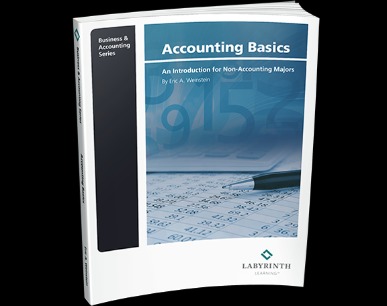
QuickBooks provides the tools and functionalities to streamline this procedure, allowing for what is the journal entry for sale of services on credit comprehensive adjustments to be made with ease and precision. Maintaining accurate transaction records is vital for financial reporting and decision-making processes within organizations. Use this guide anytime you need help doing or fixing a reconciliation. If you’re new to reconciliations or need more help, reach out to your accountant. This can get tricky and they know how to handle the next steps.Don’t have an accountant?

Mark Transactions as Cleared
Any discrepancies should be thoroughly investigated and adjusted in QuickBooks to reconcile the balances accurately. nonprofit budget creation Upon confirming the reconciliation, the process concludes, showcasing the financial harmony between the records and the bank statement. This is an important procedure to ensure that the financial records reflect the actual state of the business’s transactions. It involves analyzing and adjusting any discrepancies in the previously reconciled transactions, thereby maintaining the integrity of the accounting system.
Reconcile an account
This not only helps in maintaining accurate financial records but also serves as a crucial reconciliation step to ensure that the company’s books reflect the true financial position. This process involves comparing the transactions entered into QuickBooks Online with the bank statement to pinpoint any inconsistencies. By meticulously reviewing each transaction, users can detect potential errors such as duplicates, missing entries, or incorrect categorizations. This scrutiny plays a vital role in maintaining accurate financial records, helping businesses to reconcile their accounts with precision. This meticulous process aids in maintaining the integrity of financial data and enables businesses to track their financial health effectively. By cross-referencing the recorded transactions with the bank statement, discrepancies such as missing or duplicate entries can be identified and rectified, ensuring the accuracy of the financial records.
Fixing issues during a reconciliation
To see all of your self employment tax adjustments on the list, you can review a Previous Reconciliation report for the reconciliation you adjusted. This will show you cleared transactions and any changes made after the transaction that may not show in your discrepancies. To reconcile, simply compare the list of transactions on your bank statement with what’s in QuickBooks.
QuickBooks, with its intuitive account reconciliation feature, ensures that your financial data remains trustworthy. By diligently following the steps outlined in this guide, you’re not just reconciling accounts — you’re reconciling your financial aspirations with your financial reality. In doing so, you pave the way for a thriving and sustainable future for your business. Completing the reconciliation process in QuickBooks involves finalizing the matching of transactions, ensuring that the financial records align with the bank statement, and concluding the reconciliation task.
- Sometimes things get missed – it’s bound to happen every once in a while.
- It ensures the harmony between your recorded transactions and the reality reflected in your bank statements.
- You’ll want to look at your statement, starting with the first transaction listed and find that same transaction in the Reconciliation window in QuickBooks.
- Just like balancing your checkbook, you need to review your accounts in QuickBooks to make sure they match your bank and credit card statements.
- If everything matches, you know your accounts are balanced and accurate.
It streamlines the reconciliation process, allowing for the identification and resolution of discrepancies more effectively. If you reconciled an account more than once, you likely already reviewed the opening balance. Once you’re done, you should see a difference of $0, which means your books are balanced. When you’re done reviewing your statement, you’ll know everything made it into QuickBooks. Automated syncing is an excellent addition to QuickBooks and Wise. It will lessen the amount of manual reconciliation and unnecessary cross-checks.
It entails reviewing each transaction, comparing it with the corresponding bank statement entry, and making any necessary adjustments to ensure the accuracy of the records. Reconciling previous months in QuickBooks Online involves the process of retroactively matching the financial records with the bank statements for specific past periods to ensure comprehensive financial accuracy. It’s recommended to reconcile your checking, savings, and credit card accounts every month. Once you get your bank statements, compare the list of transactions with what you entered into QuickBooks. If everything matches, you know your accounts are balanced and accurate. This step involves accessing the ‘Reconcile’ feature, selecting the appropriate account, and entering the closing balance provided by the bank.
Then, input the closing balance from the bank statement and ensure that all transactions are accurately reflected. This process is essential for maintaining accurate financial information and ensuring that the company’s records are in line with its actual financial position. Balancing accounts might sound like a tedious task, but its significance cannot be overstated.



Leave A Comment